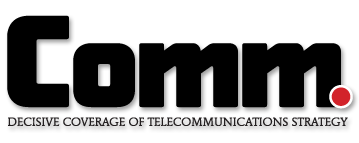The Indian government has agreed to lower the proposed base prices for new 2G licences, with a government body known as the Empowered Group of Ministers (EGoM) having recommended a base price in the upcoming auctions of between INR140 billion to INR160 billion (US$2.5 billion to US$2.9 billion) for a pan-Indian licence. That is below the INR36.22 billion/MHz proposed earlier this year by the Telecom Regulatory Authority of India (TRAI), which would have required local operators to shell out more than INR180 billion for a nationwide 5MHz licence.
According to local press reports, operators will still be required to pay existing spectrum usage charges of 3-8 per cent on top of the licence fee.
However, the EGoM has reportedly agreed to allow operators to pay for licences in instalments with GSM operators only required to pay 35 per cent up front, and CDMA players 25 per cent.
The EGoM’s recommendations will need final approval from the Indian cabinet before they can be introduced in time for the scheduled start of the auctions on August 31.
The new licence awards will replace those cancelled by India’s Supreme Court in February after a controversial earlier auction was ruled “totally arbitrary and unconstitutional,” and deemed to have lost the Indian government as much as US$39 billion in potential income.
But the new auctions have been heavily criticised by local operators, which claim that the expected steep costs involved in acquiring the airwaves will see them take on huge debts, and could lead to higher prices for end consumers.



